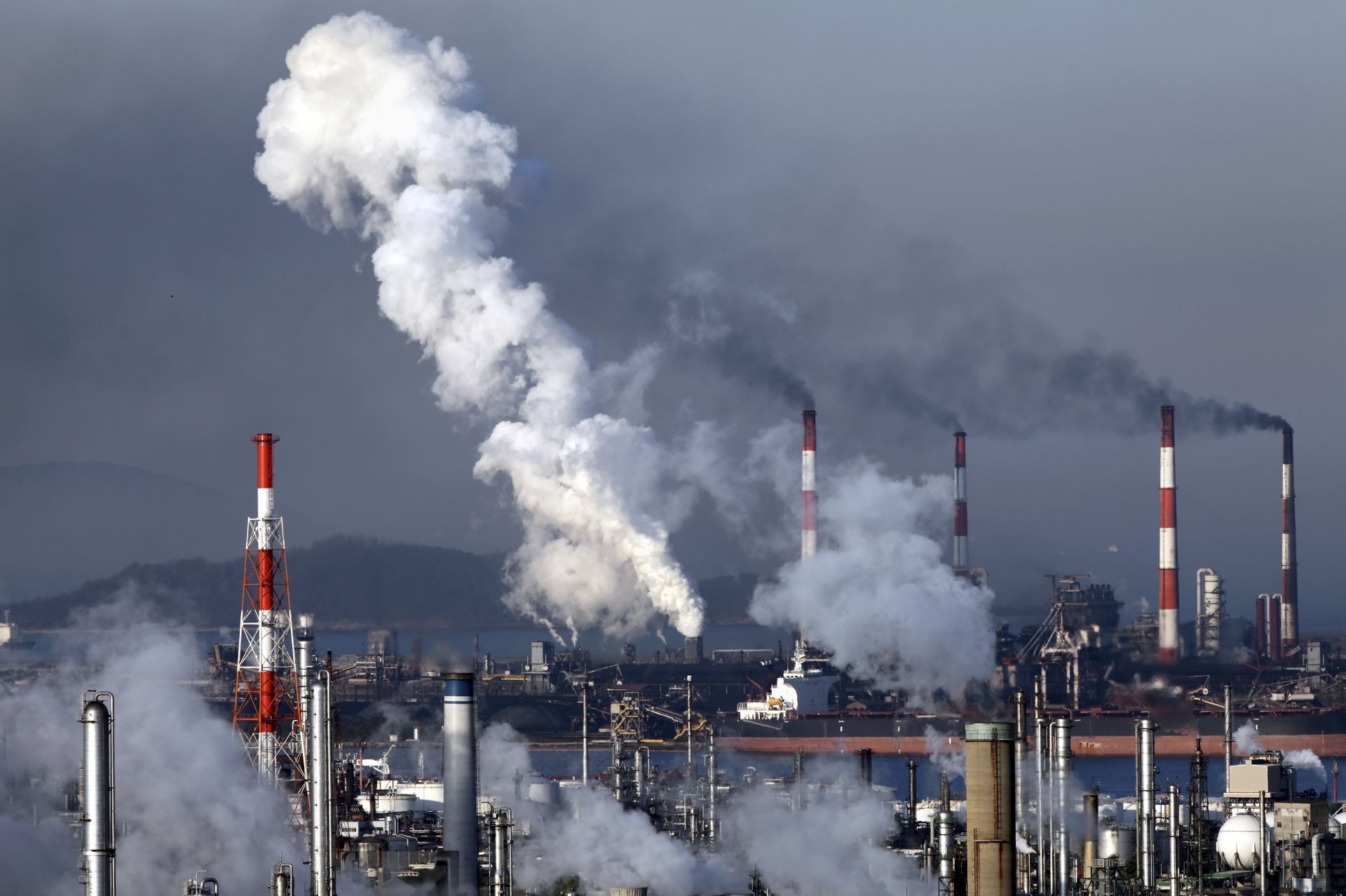Classification of industrial emissions

Impact of industry on the environment
The impact of industry on the environment is multifaceted and encompasses not only atmospheric pollution, but also water and soil pollution, and leads to the destruction of natural ecosystems. Emissions of harmful gases such as sulphur and nitrogen dioxides, carbon dioxide, as well as finely dispersed dust, cause acid rain, which damages plant and animal life, deteriorates the quality of soil and water. Industrial effluents containing heavy metals, pesticides and other toxic substances pollute rivers and lakes, threatening aquatic organisms and making water unfit for human consumption.
In addition, the widespread use of non-renewable resources such as fossil fuels in production processes depletes natural reserves and contributes to the greenhouse effect, changing the planet's climate. This causes extreme weather conditions, sea level rise and other global changes that can have irreversible consequences for all life on Earth.
Classification of industrial emissions
A specific system of classification of industrial emissions according to various attributes helps to organise the processes of control and treatment of pollutants more efficiently.
Organised and fugitive emissions
Industrial emissions entering the atmosphere represent a significant source of environmental pollution. It is important to distinguish between organised and fugitive emissions.
- Organised emissions pass through treatment and capture systems designed to minimise the harmful substances that enter the atmosphere.
- Fugitive emissions, on the other hand, are elusive and uncontrolled sources of pollution, such as leaks, vapours or emissions from unplanned accidents.
Depending on the scale of contamination spread
The scale of pollution distribution plays a key role in categorising emissions and ranges from local to global, with significant impacts on ecosystems and human health. Localised emissions affect a limited area, causing deterioration of air and soil quality in the immediate vicinity of the pollution source. In contrast, regional and global emissions spread over long distances, contributing, for example, to acid rain and climate change, demonstrating their ability to affect beyond their immediate location.
Primary and secondary types of industrial emissions
The distinction between primary and secondary industrial emissions emphasises their different nature and origin.
- Primary emissions are directly emitted into the atmosphere from industrial processes, including smoke, dust and gases, and may contain pollutants such as hydrogen sulphide, nitrogen oxides and carbon dioxide.
- Secondary emissions, on the other hand, result from reactions between pollutants already in the atmosphere. For example, ozone on the Earth's surface is formed by the interaction of nitrogen oxides and hydrocarbons when exposed to sunlight. These secondary pollutants are often just as dangerous because they can form in locations far from the original source, expanding the zone of exposure.
By type of cleaning and temperature
The classification of industrial emissions on the basis of purification and temperature plays an important role in assessing their environmental impact. Emissions that have passed through cleaning systems significantly reduce the amount of harmful substances released into the atmosphere. Effective scrubbing systems can remove particulate matter, gases, and other pollutants, converting potentially hazardous emissions into less harmful or even harmless constituents.
At the same time, the temperature of pollutants affects their rise and spread in the atmosphere. High-temperature emissions, as already mentioned, spread over long distances and require specialised technologies to reduce their impact. Low-temperature ones, on the other hand, are confined to a nearby area and may require other pollution control and abatement techniques.
By nature and mode of diversion
The different nature and mode of emission removal implies a variety of methods of emission removal. Continuous emissions are characterised by the continuous release of substances into the atmosphere, requiring special attention to filtration and cleaning systems to minimise the impact. Intermittent - occur temporarily, at certain points in the production process, which allows for a more targeted approach to their control.
Control of industrial emissions
Monitoring and control of industrial emissions is a complex task that requires a targeted approach at various stages of the production process. First and foremost, the focus is on accurate monitoring and comprehensive analysis of pollutant composition, which enables the identification of the most harmful components and a focus on their reduction.
An important step is the continuous improvement and modernisation of cleaning systems so that they can effectively capture and neutralise pollutants before they enter the atmosphere.
The use of more environmentally friendly raw materials and fuels reduces the amount of harmful emissions at the stage of their formation, which is a preventive measure and contributes to the reduction of overall pollution levels.
In addition, the integration of innovative technologies and solutions, such as improved combustion processes, waste recycling and closed production cycles, leads to a significant reduction in the negative environmental impact.
